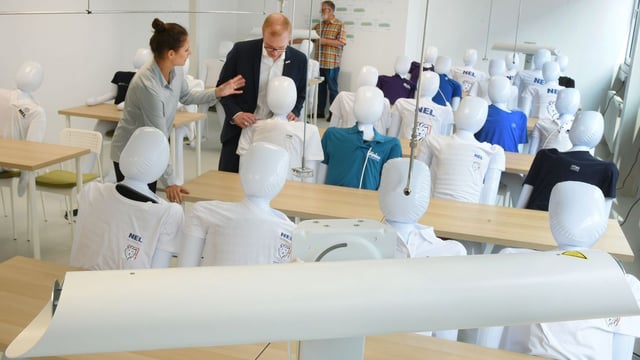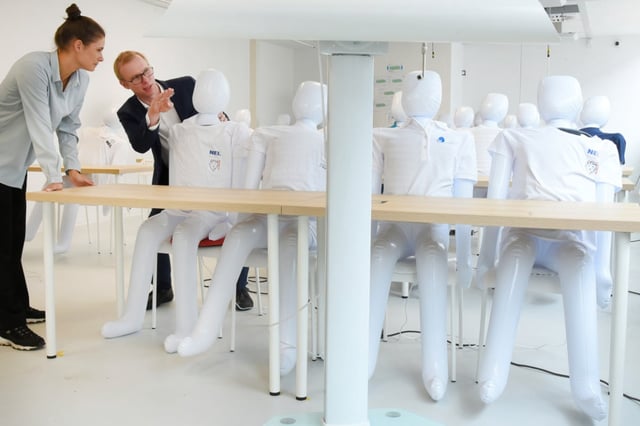Overview
- A unique 200-cubic-meter lab has been built to replicate a classroom environment with 30 inflatable dummies serving as stand-ins for students during exposure tests.
- The project brings together HTWK Leipzig, Universität Leipzig, the Helmholtz Centre for Environmental Research and the Leibniz Institute for Tropospheric Research in partnership with NEL.
- Funding of more than €2.5 million from the German Federal Ministry of Research supports the multidisciplinary study.
- Researchers are using UV-C wavelengths between 100 and 280 nanometers, which can inactivate bacteria and viruses but also pose hazards to skin and eyes without proper safeguards.
- Early experiments indicate that UV-C treatment can significantly lower airborne and surface pathogen loads, informing potential public health guidelines for schools and other communal spaces.

